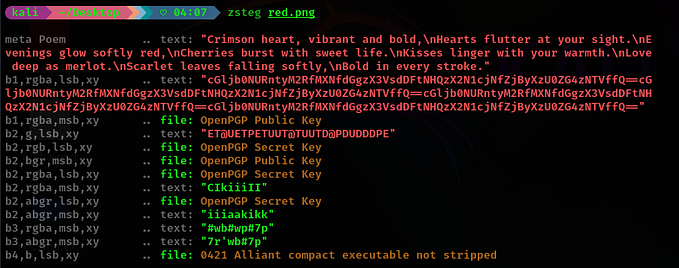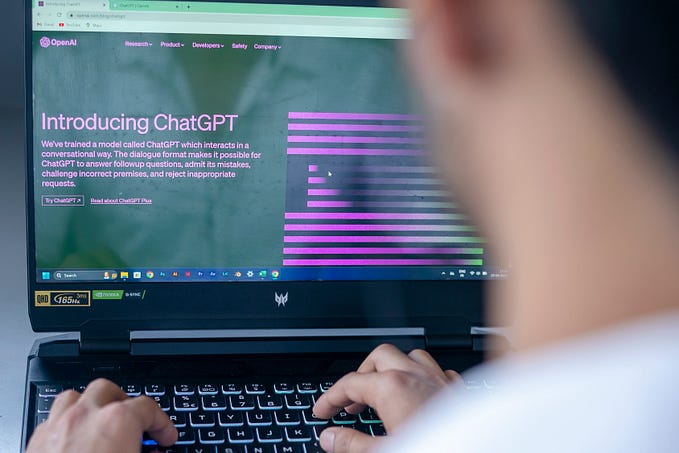
 Thanks to an abundance of television crime shows, Hollywood has done its best to make people believe that any and all crimes are solved neatly in less than 60 minutes. With apologies to Dexter, Bones and countless other made-for-TV characters, that’s simply not the case.
Thanks to an abundance of television crime shows, Hollywood has done its best to make people believe that any and all crimes are solved neatly in less than 60 minutes. With apologies to Dexter, Bones and countless other made-for-TV characters, that’s simply not the case.
The sad truth is, each year, more than 4,000 unidentified remains are recovered nationwide. One year later, an average of 1,000 of those are still unidentified.
In an effort to lower that number, the Federal Bureau of Investigation has come up with a unique and creative way to try and identify those remains. Welcome to the world of forensic anthropology.

For those unfamiliar, forensic anthropology is the analysis of human skeletal remains in a medical and legal context. The FBI’s Forensic Anthropology Program provides both laboratory analysis and field assistance for cases involving skeletal remains.
“We use forensic anthropology for the assistance of human identification.”
- Eric Pokorak, Chief of the Scientific Analysis section, FBI Laboratory

“We use forensic anthropology for the assistance of human identification,” said Eric Pokorak, chief of the Scientific Analysis section, FBI Laboratory. “There are times where the capacity and the capability of the FBI Laboratory exceeds what is available at the state and local level and they reach out to us to engage in these cases to provide additional support.”

Lisa Bailey is a forensic artist in the Trace Evidence Unit at the FBI Laboratory in Quantico, Virginia, who creates facial approximations of unidentified remains using models of the skulls and anthropologist reports. These 3-D facial approximations are sculpted in clay over a replica of the skull, which ensures the original isn’t damaged during the process.
Always the perfectionist, Bailey estimates each 3-D facial approximation takes between 24 to 40 hours to complete. Throughout the entire process, Bailey works in collaboration with a forensic anthropologist, which is ideal because, in her words, “I couldn’t do a single aspect of this job without the help of the anthropologists.”


“We come at the facial approximations from an anthropological side and Lisa comes at them from the artistic side,” said Richard Thomas, a forensic anthropologist who regularly works with Bailey.
“We have a wealth of experience looking at bones and skulls in particular, which enables us to conduct examinations to draw out what we can learn about the skeletons — like age, sex and ancestry of the individual — all of which is useful with the facial approximation.”
Whether the FBI develops the basic victim profile or another agency does the work, everything starts with the initial report.

“From there, we make a list of traits we see in the skull — things that we can focus on with that particular facial approximation,” Thomas said.
According to Thomas, that list might include a more prominent chin or a large brow ridge or high cheek bones. Bailey will reference this list often as she begins building a sculpture, using it to ensure her approximation is as accurate as possible given the information they are provided.

Because of the nature of the work and the limited information they have to build from, 3-D facial approximations cannot be perfectly-detailed portraits.
“We can only focus on what we know and try to play down what we don’t know in hopes of having someone see the facial approximation and recognize the person,” Bailey said.

Bailey admits she was extremely nervous the first time she tried her hand at sculpting a facial approximation. And, like any accomplished artist, she’s always been her toughest critic — holding her work to the highest of standards because of the nature of the job.
“My first one, I was completely unsatisfied with how it was sculpted,” Bailey said. “But I knew I had a safety net because all of these are reviewed to make sure I didn’t go off track. At that point, they might say, ‘Okay, highlight this feature more or tone that down.’ There are steps in place to quality control it.”
“Artistically, I didn’t like my first sculpture, but that’s because I’m always striving to get better,” she added.
While she wasn’t completely thrilled with her first sculpture, Bailey couldn’t have been happier about how the case turned out.
“She was ultimately identified, which is great,” Bailey said with a smile.
“We can only focus on what we know and try to play down what we don’t know in hopes of having someone see the facial approximation and recognize the person.”
- Lisa Bailey, forensic artist, FBI Laboratory

And that’s what makes this challenging job so rewarding. For everyone involved, the hope is that a facial approximation will be recognized by a friend or family member, who can provide additional information to investigators.

When a sculpture leads to remains being identified, those involved allow themselves a moment or two of satisfaction before turning their attention to the next case.
“Providing support to the family of a missing loved one is critical,” said Pokorak. “You can never have closure for a missing loved one, but we can provide support to them and I think that’s critical.”

By the time a skull gets to a forensic artist, all other means of identification have usually been exhausted. That fact is not lost on Trace Evidence Unit team members.
“I think it’s in the forefront of everyone’s mind that, in many instances, this is a last-ditch effort,” Pokorak said. “The attitude that most people in this type of work is, ‘If it’s not me, then who else will do it?’”

Fortunately, these efforts aren’t necessarily operating in a short timeframe, according to Pokorak. The information generated from a 3-D approximation can be publicized for years, which is something Bailey still has a hard time believing.
“I remember watching a documentary on TV as a 15- or 16-year-old,” she said. “Seeing someone in a white lab coat who was sculpting on a skull and, number one, I didn’t see how that was even possible and then my next thought was, ‘I’d really love to do that.’ Back then, that was the coolest job in the world to me.”
“Providing support to the family of a missing loved one is critical. You can never have closure for a missing loved one, but we can provide support to them and I think that’s critical.”
- Eric Pokorak, Chief of the Scientific Analysis section, FBI Laboratory

Bailey chalks up the fact that she somehow ended up doing the ‘coolest job in the world’ to a lot of luck and fortunate timing.
“Pretty much every forensic artist, myself included, fell into the job,” said Bailey, who has been with the FBI for 15 years. “We either didn’t know it existed or, if we had heard about it, didn’t know how to get into it. You need to be in law enforcement, but otherwise, there isn’t really a clear career path to this job.”

Bailey takes portrait and sculpture classes in her free time to help her work to be as realistic as possible. When she’s approached by someone looking to get into her chosen career field, Bailey’s advice is simple and straightforward.
“You really have to be interested in the work you’re doing in order to be successful here,” she said. You have to have a deep and abiding interest and, most importantly, you have to care. If you showed up with a casual attitude, then you could be preventing someone’s loved one from being identified.”

Fortunately, there’s nothing casual about the approach taken by those involved in the FBI’s Forensic Anthropology Program.
“I think it’s in the forefront of everyone’s mind that, in many instances, this is a last-ditch effort… The attitude that most people in this type of work is, ‘If it’s not me, then who else will do it?’”
- Eric Pokorak, Chief of the Scientific Analysis section, FBI Laboratory

“One of the things that I’ve found with my work with missing persons cases is that the people involved are incredibly passionate about it,” Pokorak said. “They can’t let these cases go unless there has been some sort of resolution. In the cases where they put a great deal of effort in and an identification has yet to be made, they still pursue those mentally on a daily basis.
“As a leader, the best thing you can have is someone who is passionate about their job,” he added. “If they’re passionate and do the job to the best of their abilities each and every day, you’ve got some phenomenal employees.”









